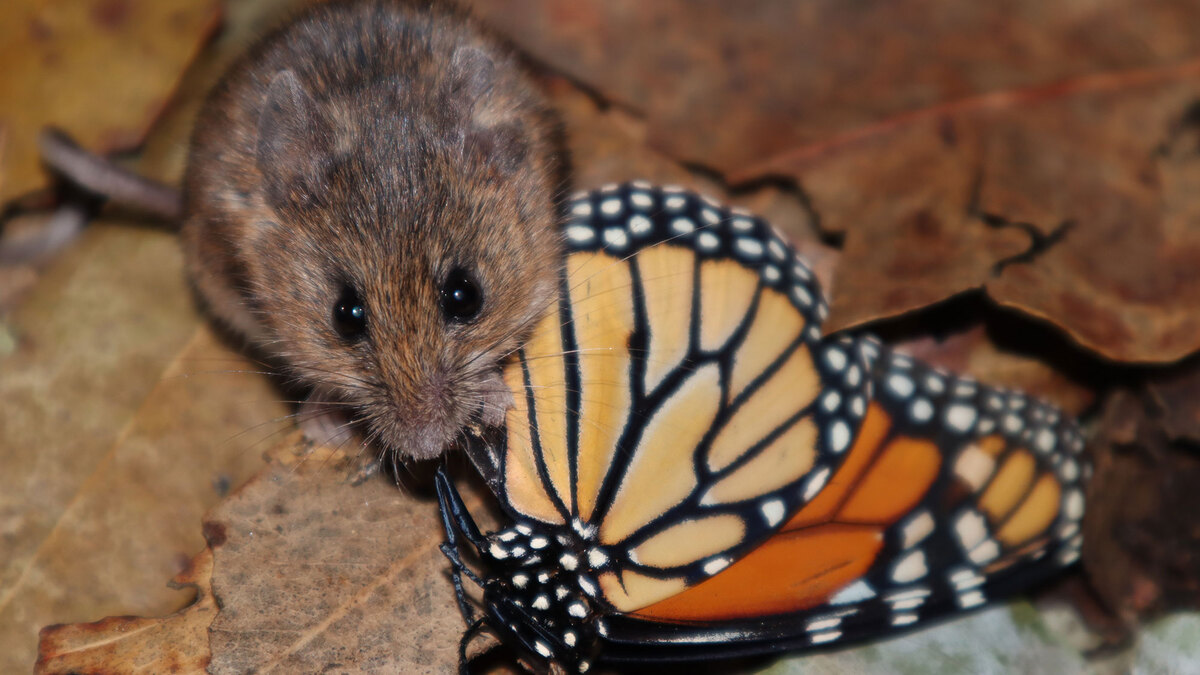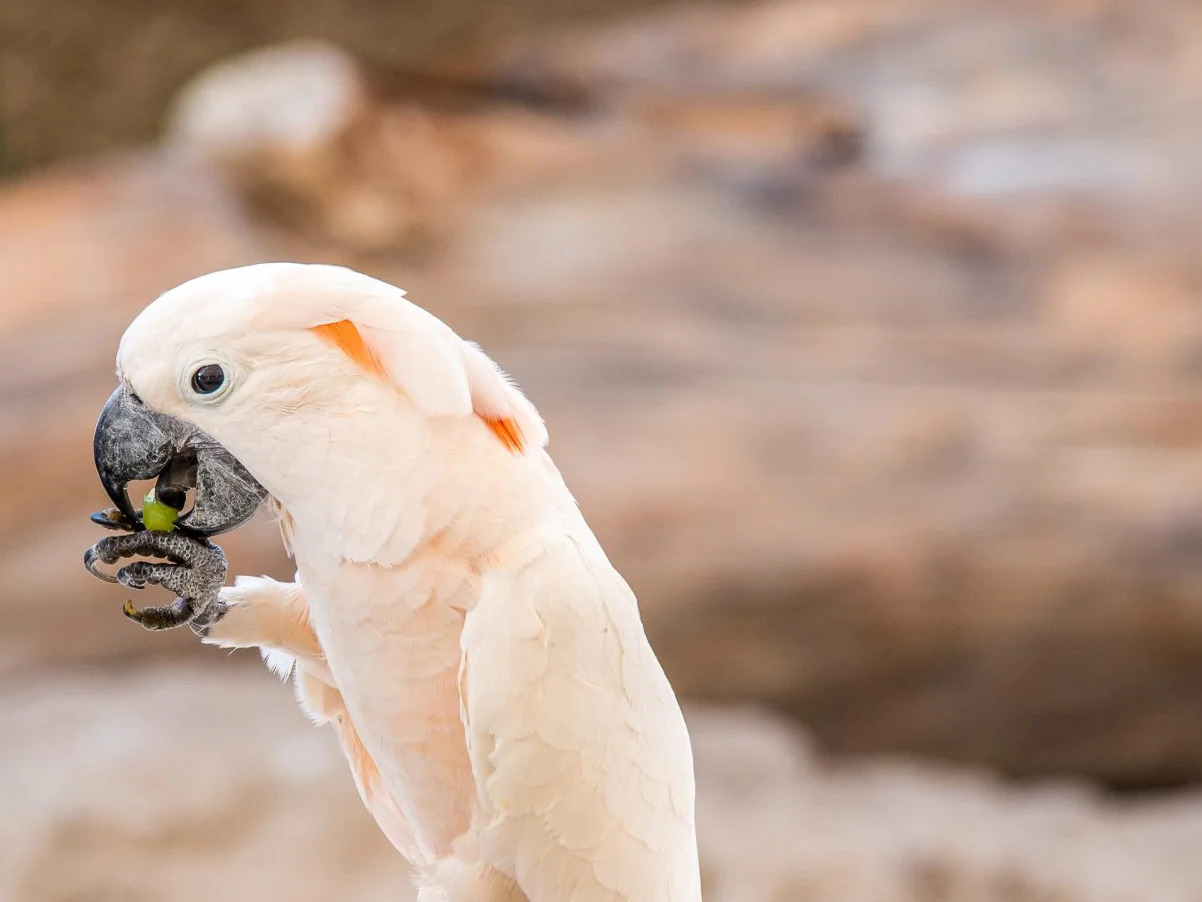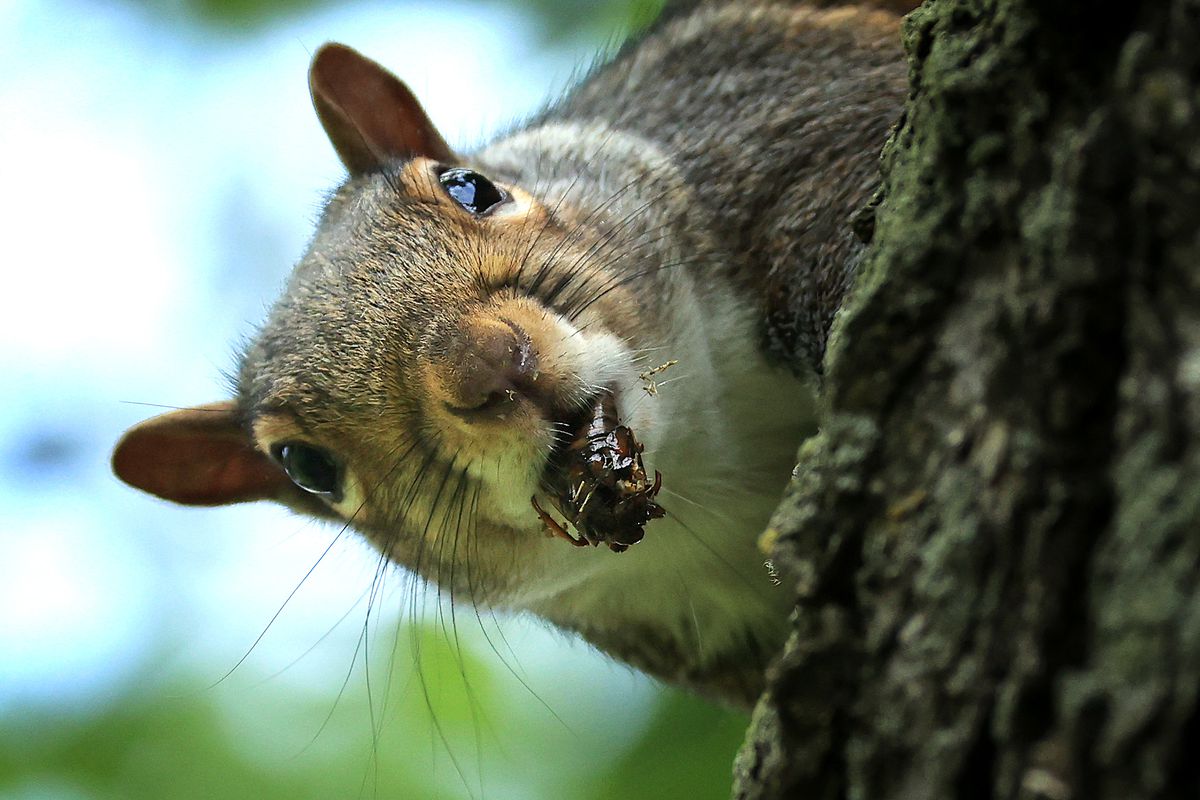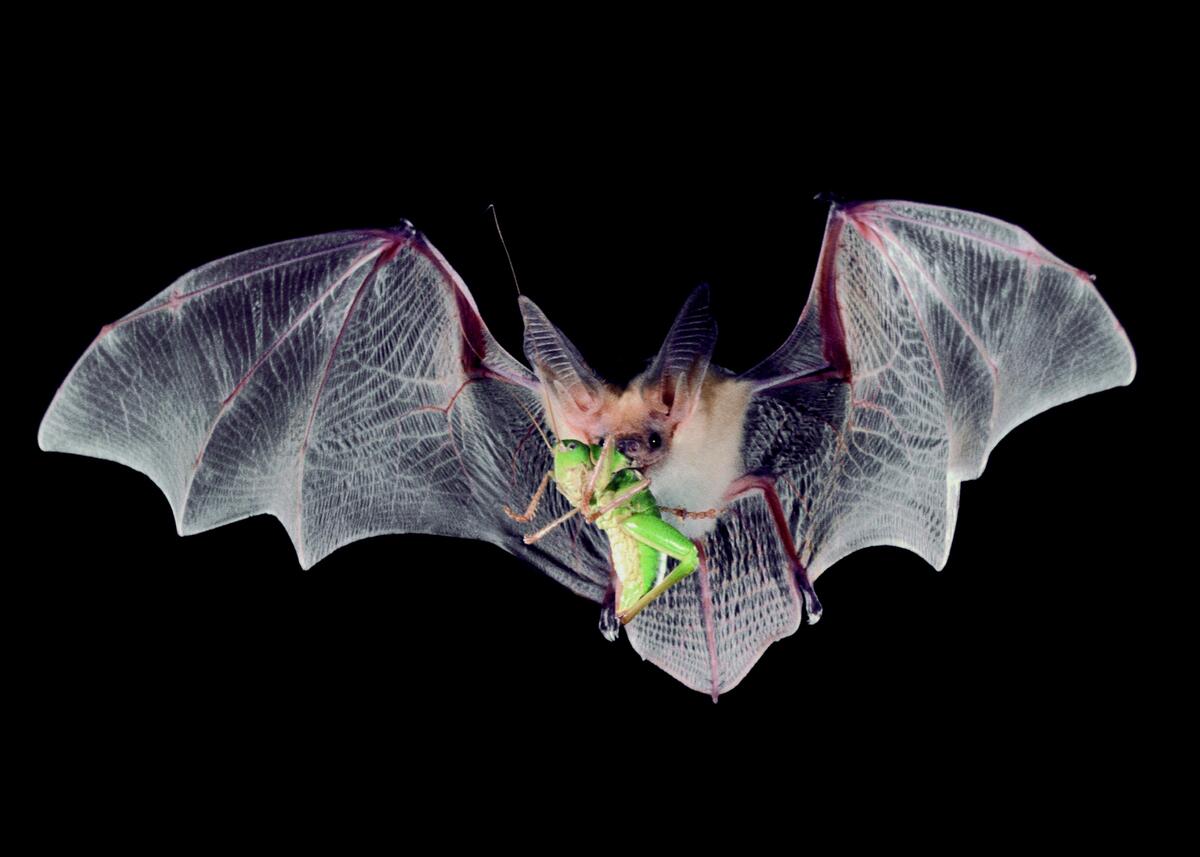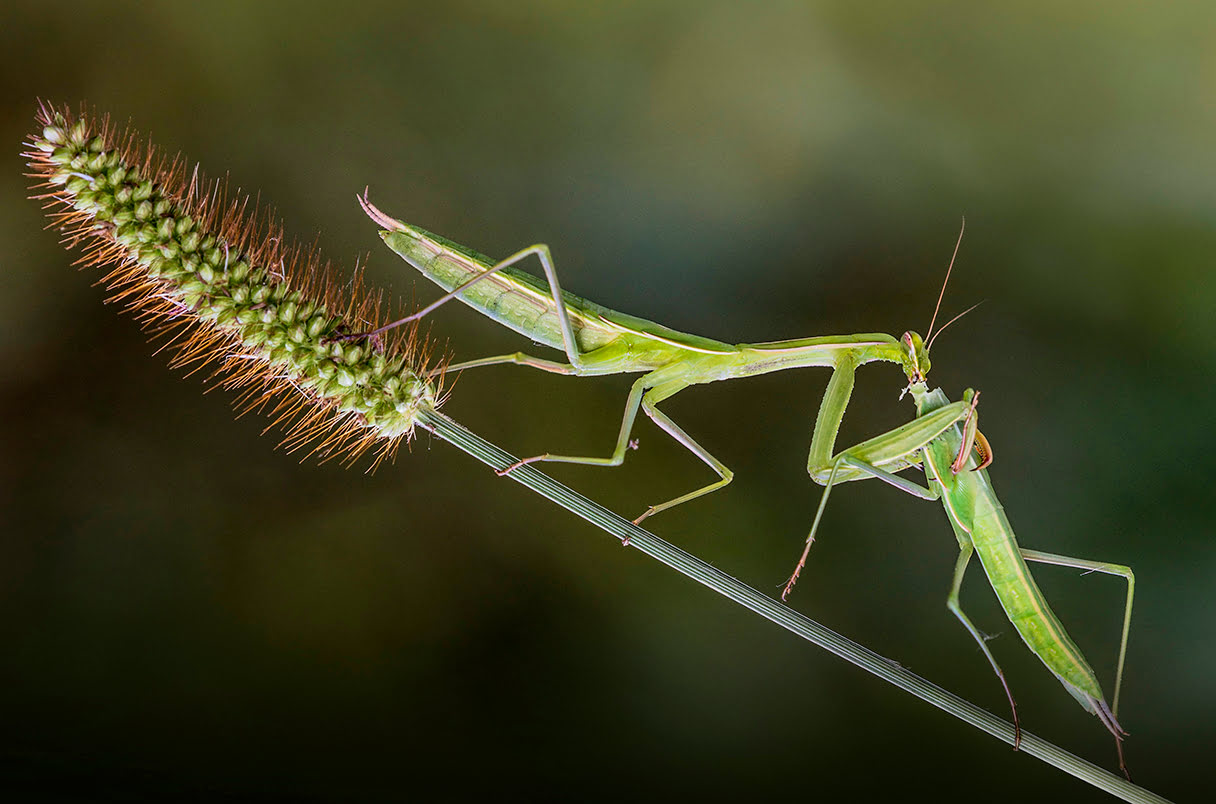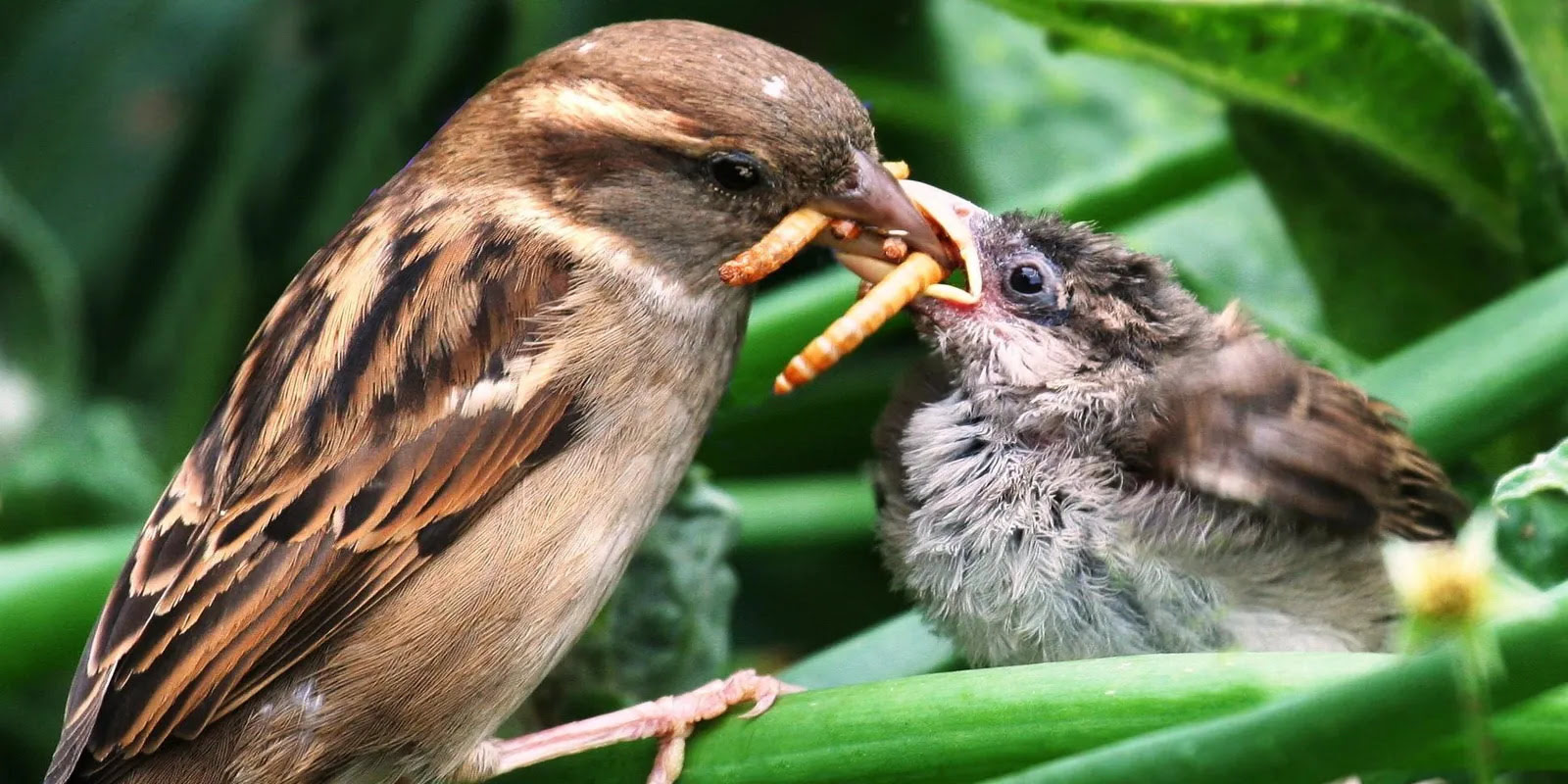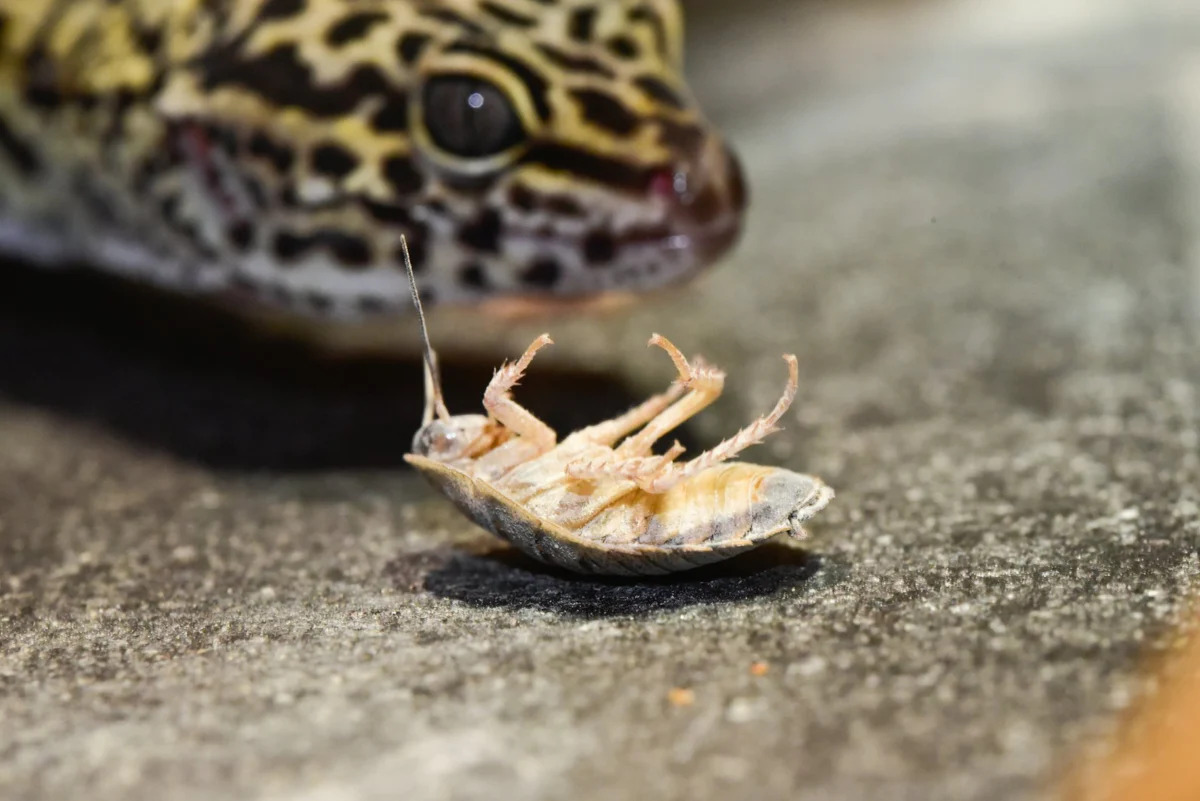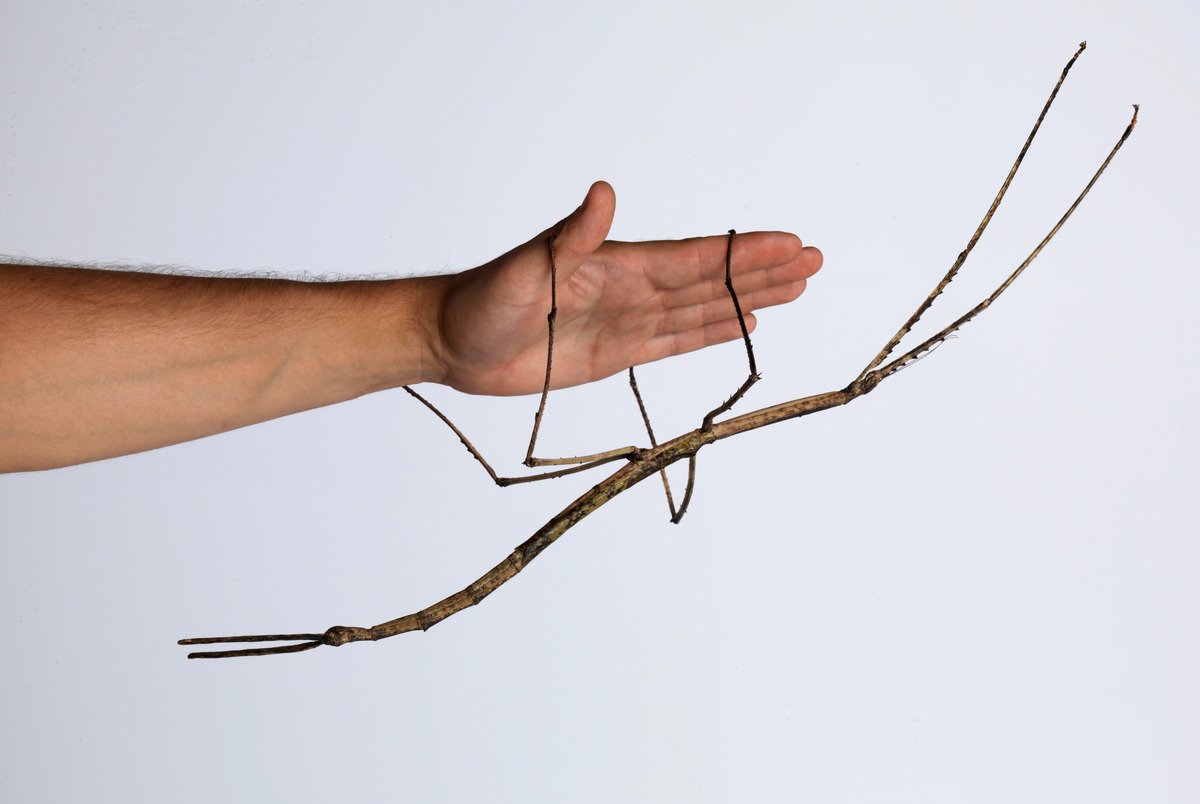Home>Gardening News and Trends>Latest News>What Insects Do Turtles Eat


Latest News
What Insects Do Turtles Eat
Modified: January 22, 2024
Discover the latest news on what insects turtles eat. Explore the fascinating world of turtle diets and learn about their preferred insect choices.
(Many of the links in this article redirect to a specific reviewed product. Your purchase of these products through affiliate links helps to generate commission for Chicagolandgardening.com, at no extra cost. Learn more)
Table of Contents
Introduction
When it comes to the diet of turtles, many people imagine them munching on leafy greens or swimming around while slurping up small fish or crustaceans. However, what some may not realize is that turtles also have a voracious appetite for insects. Insects play a crucial role in a turtle’s diet, providing important nutrients and contributing to their overall health and well-being.
Turtles are fascinating creatures that belong to the reptile family. They can be found in various environments, from freshwater rivers and lakes to marshes and even deserts. These diverse habitats offer a wide range of insect life, making them a readily available and nutritious food source for turtles.
In this article, we will explore the significance of insects in a turtle’s diet, the common types of insects they consume, how they hunt and capture their prey, the benefits of eating insects, and potential risks or considerations associated with this dietary preference.
Understanding the role of insects in a turtle’s diet not only provides valuable insights into their natural behavior, but it also highlights the importance of insect conservation and the delicate balance of ecosystems.
The Importance of Insect Consumption for Turtles
Insect consumption is essential for turtles due to the numerous benefits it provides for their overall health and survival. While turtles have a diverse diet that includes plants and other small animals, insects play a crucial role in providing valuable nutrients and contributing to their overall well-being.
One of the primary reasons why insects are important for turtles is their high protein content. Protein is essential for growth, tissue repair, and reproduction. Turtles, especially young and growing individuals, require a substantial amount of protein to support their development. Insects serve as an excellent source of protein, providing the essential amino acids that turtles need.
In addition to protein, insects also contain other essential nutrients such as vitamins and minerals. These nutrients are crucial for maintaining a turtle’s immune system, promoting healthy bone growth, and ensuring the proper functioning of various bodily functions. By incorporating insects into their diet, turtles can meet their nutritional requirements more effectively.
Furthermore, consuming insects offers turtles a diversified diet. While turtles have a preference for certain types of insects, their diet can include a wide range of species. This variety ensures that they receive a wide array of nutrients, reducing the risk of dietary imbalances or deficiencies.
Another significant reason why insect consumption is important for turtles is the practicality and availability of insects in their natural habitat. Insects are abundant in most terrestrial and aquatic environments, making them easily accessible for turtles during foraging. They serve as an efficient and reliable food source, ensuring that turtles can meet their nutritional needs without expending excessive energy.
Moreover, the consumption of insects provides turtles with mental and physical stimulation. Hunting and capturing insects encourage natural behavior and exercise. It allows turtles to utilize their natural instincts, keeping them mentally engaged and physically active.
Overall, insect consumption is of utmost importance for turtles. It provides them with essential nutrients, supports their growth and development, and contributes to their overall well-being. The availability and practicality of insects in their environment make them an integral part of a turtle’s diet. Understanding the significance of insect consumption for turtles is essential for ensuring their proper care and conservation.
Common Insects Consumed by Turtles
Turtles have a diverse palate when it comes to insects, and they consume a variety of different species as part of their diet. While the specific insects they consume may vary depending on the turtle species and their habitat, there are several common insects that are often on the menu for these shelled reptiles.
One common insect that turtles consume is the earthworm. Earthworms are readily available in many terrestrial and aquatic environments and are a rich source of protein. Turtles can easily locate and capture earthworms due to their strong sense of smell and keen eyesight. They are often seen digging through moist soil or hunting along riverbanks in search of these nutritious wrigglers.
Another insect commonly consumed by turtles is the cricket. These hopping insects are high in protein and are often found in grassy areas. Turtles will eagerly snatch up crickets, both on land and in shallow water, making them a popular meal choice.
Beetles are also a favored insect among turtles. From brightly colored beetles to ground-dwelling ones, turtles have a diverse selection to choose from. These insects provide a good source of protein and are often found in forests or near bodies of water.
Mosquito larvae, commonly known as “wrigglers,” are another staple in a turtle’s diet, particularly in aquatic environments. These larvae are high in protein and are easily accessible for turtles in stagnant water or marshes. Turtles will scoop up water, including mosquito larvae, with their mouths and quickly consume them.
Dragonflies and damselflies are also on the menu for turtles. These graceful insects are often found near bodies of water, and turtles will actively stalk and pounce on them when they land on vegetation or the water’s surface. The high protein content of dragonflies and damselflies makes them a valuable food source for turtles.
Other insects that turtles commonly consume include grasshoppers, ants, slugs, and snails. Each of these insects provides a unique nutritional profile and hunting experience for turtles, ensuring a varied diet that helps meet their dietary requirements.
It is important to note that while these insects are commonly consumed by turtles, the exact selection may vary based on the turtle’s habitat, environmental factors, and individual preferences. It is vital to provide a diverse and balanced diet to ensure the turtle’s nutritional needs are met.
Understanding the common insects consumed by turtles enables us to create suitable and enriching environments for these fascinating creatures. Providing a habitat that supports the abundance of these insects ensures that turtles can thrive and maintain a healthy, balanced diet.
How Turtles Hunt and Capture Insects
Turtles have developed unique strategies for hunting and capturing insects, utilizing their natural physical abilities and keen senses to secure their next meal. While the specific hunting techniques may vary between different turtle species and habitats, there are several methods commonly employed by these reptiles.
One commonly observed hunting strategy is the ambush technique. Turtles, particularly those that reside in aquatic environments, will patiently wait for unsuspecting insects to come within their reach. They position themselves in vegetation or near the water’s edge, partially submerged, and remain motionless until an insect is within range. With lightning-fast reflexes, they extend their necks and strike at the opportune moment, snatching up their prey with precision.
Another commonly observed hunting method is the pursuit technique. This strategy is often employed by terrestrial turtles that actively seek out insects in their environment. They use their keen eyesight and sense of smell to detect movement or scent trails left behind by insects. Once sighted or detected, the turtle will steadily follow the insect, closing in on its target. With a sudden burst of speed, they lunge forward and seize the insect with their powerful jaws.
Some turtle species also employ a scavenging hunting method. Instead of actively pursuing live insects, these turtles will scour their environment for carrion or decaying matter that attracts insects. By targeting areas where insects congregate, such as fallen fruit or animal remains, the turtles can feast on the insects drawn to these food sources.
Regardless of the hunting technique used, turtles possess specialized adaptations that aid in capturing insects. Their sharp beaks allow them to grasp and hold onto their prey, while their strong jaw muscles provide the necessary force to crush the exoskeletons of insects. Additionally, their long necks and flexible bodies allow turtles to reach into crevices or foliage, where insects may be hiding.
It’s important to note that turtles have specific preferences when it comes to the size and type of insects they consume. Small insects that can be easily swallowed whole are often preferred, while larger insects may need to be torn into smaller pieces before being consumed. Turtles also have a knack for identifying specific types of insects based on visual cues, scent, or movement patterns, allowing them to selectively target their preferred prey.
By understanding how turtles hunt and capture insects, we can create environments that provide opportunities for natural foraging behaviors. This includes incorporating vegetation or providing access to areas with a high concentration of insects. Creating a habitat that mimics their natural hunting conditions promotes their physical and mental well-being.
Benefits of Eating Insects for Turtles
Eating insects offers numerous benefits for turtles, contributing to their overall health, growth, and longevity. Incorporating insects into their diet provides turtles with essential nutrients and fulfills specific dietary needs that are necessary for their well-being.
One of the primary benefits of eating insects is the high protein content they provide. Protein is crucial for the growth and development of turtles, especially during their juvenile stages. Insects offer a rich source of digestible protein, providing essential amino acids that turtles require for muscle and tissue growth.
Insects are also a valuable source of vitamins and minerals for turtles. They contain essential nutrients such as vitamin A, vitamin B complex, calcium, and iron, which are essential for various physiological functions. These nutrients contribute to the maintenance of healthy skin, strong bones, proper immune function, and overall vitality.
Furthermore, the high moisture content found in many insects helps hydrate turtles and maintain proper fluid balance. This is particularly beneficial for freshwater turtle species, as they obtain a significant portion of their water intake from the prey they consume.
The dietary fiber present in some insects aids in digestion and promotes a healthy gut. It helps prevent constipation and stimulates the movement of food through the digestive tract, ensuring efficient nutrient absorption.
Another benefit of eating insects is the opportunity for behavioral enrichment. The act of hunting and capturing insects stimulates natural instincts and promotes mental and physical exercise. It helps keep turtles mentally engaged, preventing boredom and promoting their overall well-being.
Additionally, the consumption of insects contributes to the overall ecological balance. Insects are often abundant in ecosystems, and turtles play a role in maintaining their populations. By consuming insects, turtles help control their numbers and prevent potential outbreaks or imbalances in insect populations.
The benefits of eating insects for turtles highlight the importance of providing a varied and balanced diet that mirrors their natural feeding behaviors. Incorporating insects into their diet, either through live prey or through commercially available insect-based food, ensures that turtles receive the necessary nutrients and enjoy the physiological and behavioral advantages that come with consuming insects.
Potential Risks and Considerations
While the consumption of insects is generally beneficial for turtles, there are some potential risks and considerations to keep in mind. These factors should be taken into account when providing insects as part of a turtle’s diet to ensure their health and well-being.
One consideration is the quality of the insects being offered. Insects that are sourced from the wild may carry pesticides or other harmful chemicals that could be detrimental to the turtle’s health. It’s essential to ensure that any insects provided as food are from reputable sources, such as those specifically bred for reptile consumption or from organic sources.
Another potential risk is overfeeding or an unbalanced diet. While insects are a valuable component of a turtle’s diet, they should be provided in conjunction with a variety of other foods to ensure a balanced nutritional intake. Overfeeding insects can lead to an imbalance of nutrients or excessive fat intake, which can be detrimental to the turtle’s health. It’s crucial to follow appropriate feeding guidelines and consult with a veterinarian specializing in reptiles to determine the ideal diet for the specific turtle species.
Insects can also carry parasites or pathogens that may affect the turtle’s health. It’s important to monitor the insects for any signs of infestation or disease and ensure that they are thoroughly cleaned and processed before being offered as food. Regular veterinary check-ups and fecal examinations can help identify and address any potential health concerns related to parasite or pathogen transmission.
Furthermore, it’s crucial to consider the natural behavior of the turtle species when providing insects. While some turtles are adept at hunting and consuming live prey, others may struggle or show a lack of interest. It may be necessary to offer insects in different forms, such as freeze-dried or as part of commercially available insect-based diets, to ensure the turtle’s nutritional needs are met.
Lastly, it’s important to be mindful of the potential allergic reactions or adverse effects that certain insects may have on turtles. Like humans, turtles can have individual sensitivities or allergies to specific types of insects. Introducing new insects gradually and observing the turtle’s response is key to identifying any adverse reactions and adjusting the diet accordingly.
By considering these potential risks and taking appropriate precautions, the inclusion of insects in a turtle’s diet can be a valuable and beneficial aspect of their nutritional intake. Consulting with a reptile veterinarian and staying informed about the specific dietary requirements of the turtle species are essential for providing a healthy and balanced diet.
Conclusion
Insects are an important component of a turtle’s diet, offering numerous benefits for their overall health and well-being. From providing essential nutrients like protein, vitamins, and minerals to stimulating natural behaviors and contributing to ecological balance, insects play a vital role in a turtle’s dietary requirements.
Understanding the significance of insect consumption for turtles allows us to create suitable environments that support their natural foraging behaviors. Providing a diverse and balanced diet that includes a variety of insects ensures that turtles can thrive and maintain optimal health.
However, it’s important to consider potential risks and considerations associated with insect consumption, such as the quality of the insects, the risk of overfeeding or nutrient imbalance, and the possibility of parasite transmission. Addressing these concerns and consulting with a reptile veterinarian can help ensure that turtles receive the appropriate nutrition and care.
In conclusion, incorporating insects into a turtle’s diet offers numerous benefits, including the provision of essential nutrients, stimulation of natural behaviors, and ecological balance. By understanding the importance of insect consumption and taking appropriate precautions, we can provide turtles with a diet that supports their overall health and contributes to their well-being.
